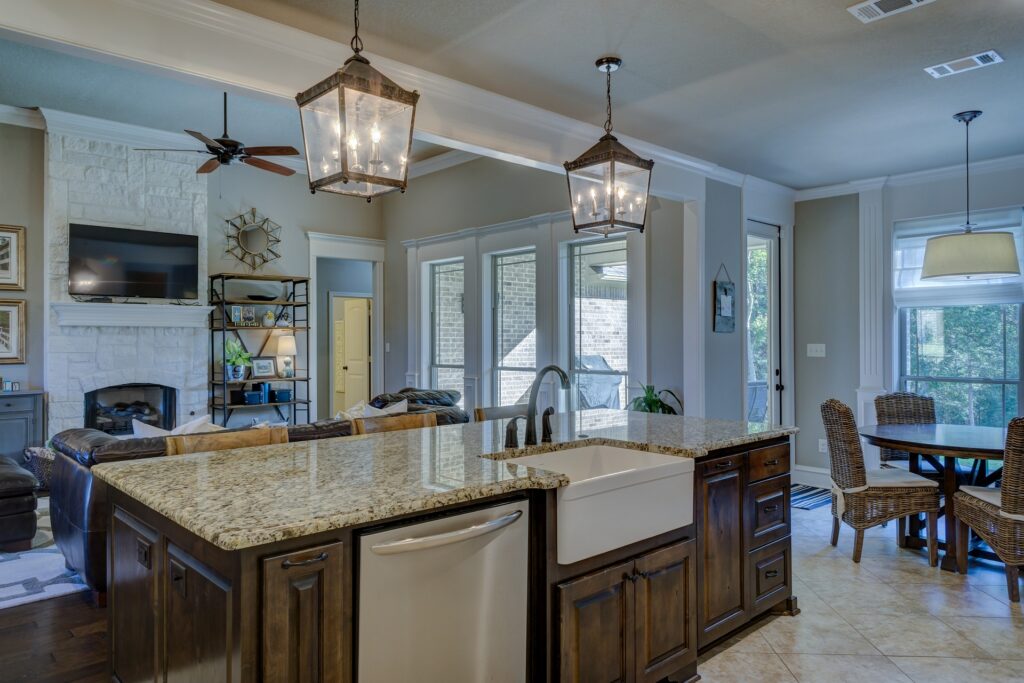BUYER'S GUIDE
THE PROCESS
So, you want that dream home? Let us guide you through the process of acquiring it.
Below are the customary procedures involved in the purchase of a home.

1 - Game Plan
Buying a home is a significant decision that requires careful consideration, as it may be the most substantial investment you’ll ever make.
Whether you’re a first-time homebuyer, upsizing or downsizing, seeking professional support can ensure a successful transaction.
2 - Get Pre-Approved
Starting the pre-approval process for financing as soon as possible is crucial, so it’s recommended to take action right away.
Contact A Lender
At the beginning of the home-buying process, you will need to share some financial details with your lender. This includes information on your income and savings. To obtain a pre-approval letter, your lender will require additional documentation such as W-2 statements, pay-stubs, and bank account statements. They may also run a credit check to assess your financial standing.
Contact me for my list of preferred lenders.


3 - Determine Your Needs/Research
Neighborhoods
Specify your budget, preferred location, and other criteria for buying a home. As a general guideline, lenders advise that the cost of the home should not exceed three to five times your annual household income, assuming a down payment of 20%.
I can assist you in searching the database of homes that match your requirements.
4 - House Hunting
We will make note of your preferences and begin searching for properties that meet your requirements. I will handle scheduling a day of showings and we can visit the homes together.
During the tour, I will ask you to evaluate each property and share its advantages and disadvantages. Once we have your top three choices, we can arrange second showings to help you find your ideal home.

5 - Present An Offer
So you’ve found the one! The next steps involve compiling a list of comparable homes to help determine a fair price, and collaborating with you to finalize the terms such as the closing date, earnest money deposit, and any other requests.
Afterwards, I will present the offer to the listing agent and engage in negotiations on your behalf. This process may involve multiple counteroffers until both parties reach an agreement.
6 - Property Inspection
When buying a home, it is advisable to carry out a property inspection to confirm that all of its elements are in good working order and meet the required standards. If there is any structural damage or deficiencies in the property, we will take steps to resolve them during the review period.


7 - Appraisal
An appraisal is an evaluation of a property’s value. While the primary purpose is to support the lender’s investment, it can also prevent you from paying more than what the property is worth. Typically, your lender will engage an appraiser and you will be responsible for the services fee.
8 - Mortgage Contingency
This step is a vital aspect of buying a home, as it can impact whether your lender approves your request for funds or credit.
Once your mortgage contingency is satisfied, you’ll have a better idea of your financing situation. It’s important to note that the final cost for closing may not be determined until the last few days before the closing date, as your lender and title office will need to calculate the figures and provide you with a final amount to bring to the closing.


9 - Closing
The closing process is the final step that completes the purchase of your home and formally establishes ownership. This process is also referred to as settlement, and it involves receiving the deed to your new home.
Before the closing, it’s important to take care of some important tasks, such as changing all utilities to your name and conducting a final walk-through to check for any outstanding issues that were agreed upon during the review period.
Congratulations on becoming a homeowner!
